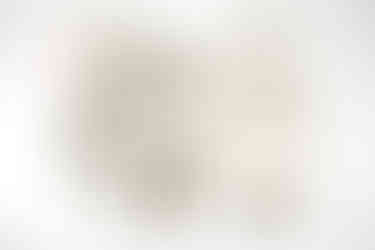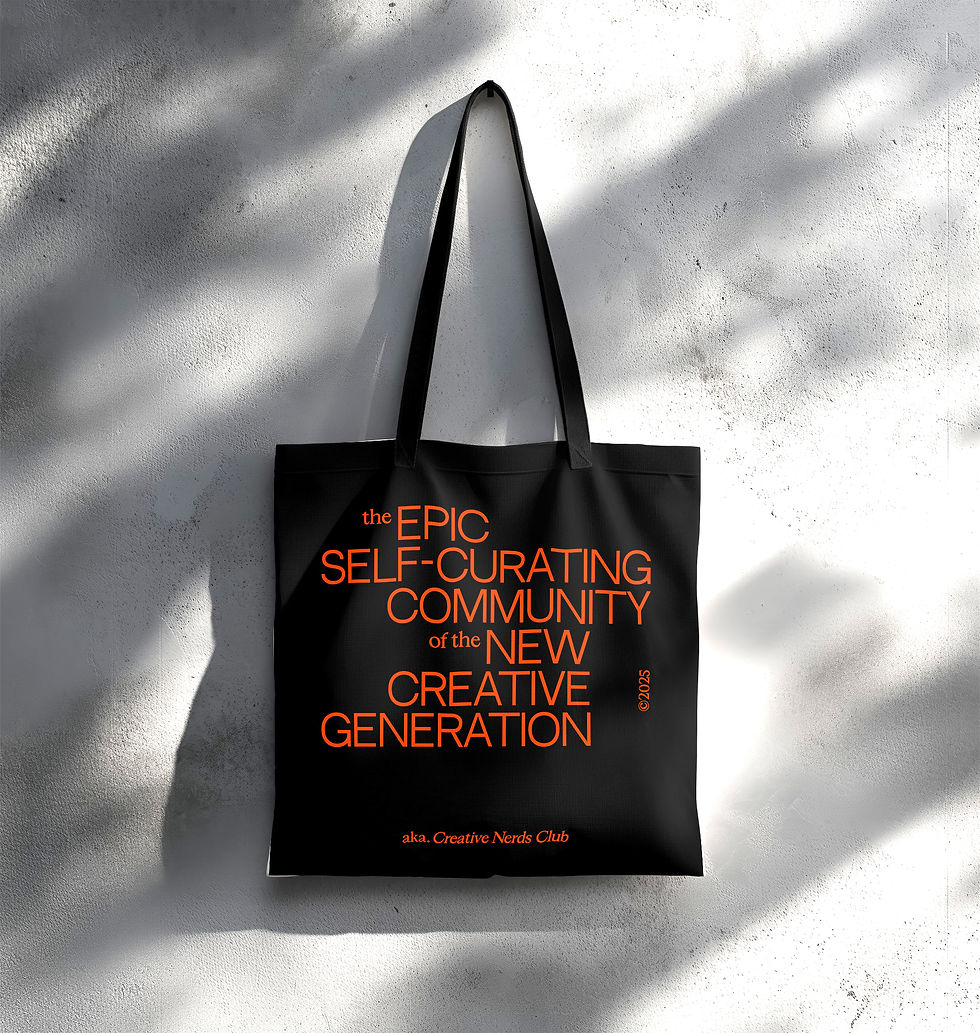Beril Nur Denli | Ceramic Artist
- Onur Çoban

- Jul 25
- 5 min read

Beril Nur Denli, Image by Charles Emerson
Beril Nur Denli builds a distinctive creative language that moves between the material and the intuitive, transforming ceramics into a way of thinking. In her practice—shaped through form, texture, and movement—clay is not just a material; it becomes an instinctive space of expression, a bodily experience, and a mental journey. With a background in interior design and a growing interest in neuroaesthetics, Denli creates a productive tension between science and intuition, structure and chance.
We spoke with Beril about her relationship with materials, the transformative nature of ceramics, and her expression-based practice.
Interview: Onur Çoban

Who is Beril Nur Denli? Could you briefly tell us about yourself?
I am an artist who mainly works with clay. I was born and raised in Istanbul, with ancestral roots in Mardin, and I am now based in London. Before establishing my ceramics studio in 2019, I worked in interior design and site-specific projects. I was largely self-taught in ceramics until recently completing my studies at the Royal College of Art last year. I am currently working in Dalston, alongside a group of other artists, in a collective studio environment with likeminded people.
How did your relationship with ceramics begin? What initially drew you to this practice?
I have a design-based background; I used to be a landscape architect, then worked with brilliant, adept interior designers as an architectural assistant. While working in that field, I also pursued studies in interior design. Around that time, my good friend, the painter Kerim Yetkin, suggested me using clay for a furniture design project. That was the very beginning of my encounter with the material - apart from childhood memories of playing with soil slurry, worms, and dry plants:) I’ve always valued tacit experience and enjoyed creating things with my hands. It’s intuitive and instinctive but I quickly noticed how the process of making began to spark new ideas and thoughts in me.

Image by Charles Emerson
You have a distinctive and characteristic design language. How did this visual language come to life?
Most of the time, my practice doesn’t begin with structure or end with a clear plan. It's far from the calculated, prioritised frameworks that design usually demands. Instead, I follow a process of thinking through material and gestures - and often, not thinking consciously at all. Just making. Letting the material lead. Ceramics, for me, is about responding. Of course, there's a discipline embedded somewhere in my muscle memory, but what drives me is something more primal. Making with not knowing.
“I have an ongoing fascination with roundness - circular forms, domes, vessels. There’s something existential about it: we begin in the womb, we live under the sky’s dome. Movement, cycles, spirals. Clay is a heavy and living material. It moves from softness to hardness, undergoing a profound metamorphosis. My practice is not fully anthropocentric; to attune to materials, gestures, and rhythms that don’t belong to us alone.”
Image by Charles Emerson
Could you walk us through your design and production process? Do you work intuitively, or do you usually begin with a clear plan in mind?
Like many other ceramicists, I’m in love with the transitions between clay stages. When it comes to textures, colours, and forms, I always carry out many experimental works and tests. I am into glaze making which involves creating a coating for ceramics that can be limitless opportunities for ceramic surfaces. Adjusting raw materials with formulas to consider include firing temperature, atmosphere, finish, and desired colour. I enjoy the scientific material engagement side.
A large part of my making happens through what I call “clay sketches.” I work much faster giving form directly in clay than I do through drawing. After a few of these sketches and after rummaging through my inner state and letting my hands take over. There’s a pull toward motion I can’t quite explain. It always finds its way back into the work. Then the work tells me where to stop. As a neurodivergent person, one of my biggest challenges is prioritisation. Sometimes this means I struggle to manage my ideas or take a long time to see them clearly.

Courtesy Beril Nur Denli
What do elements like form, color, or texture mean to you? Which one tends to come first in your process?
My practice are more like muted, than bold colours so far. I care about the senses and how external stimuli shape our emotions, behaviours, and reflections. But when I’m making, colour is often the last thing I focus on. Form and texture come first. I like seeing them raw, exposed - naked, in a way. However I cannot resist pink.
Among all your works, which one has excited you the most — in terms of both the process and the final outcome?
This question kind of paralysed me :) especially if we’re talking about the process. Each piece is very personal. To be honest, whatever I’m working on at the moment tends to be my favourite. If you ask me this question in a year, I’ll probably still say: my favourites are the current ones.
Shifting Conditions, Pink Rabbits, Samsa
Can you tell us a bit about the sources of inspiration behind your work? Are there any creators — from ceramics or other disciplines — that you follow with curiosity?
I have a few guiding keywords with me: well-being, knowing from the inside, and haptic expression. These are iterative sources, pathways that lead me each time I return to them.
I also find inspiration in science-based disciplines; especially biology. Lately I’ve been looking into the work of Marian Diamond. I’m drawn to the idea of creating enriched environments where expressive moments can happen; and where, through art, we can renew the brain’s wiring.
Inspiration really is everywhere. It’s almost impossible to shut our eyes to the constant flood of imagery. All quietly running like open tabs in the background. Who knows which fleeting moment or visual imprint will suddenly surface and urge me to shape a certain form.

Image by Charles Emerson
Are you feeling excited about the future? What plans or projects are on the horizon for you?
The answer is always yes when I think about my drive or urge to make, even if I don’t know where to start. During my studies in the UK, I think I’ve developed a kind of good relationship with “not knowing” - things that are visceral and not easily defined. Right now, I’m focusing on material engagement and connecting with others especially with through expressive practices in London.
Beyond my upcoming exhibitions, I’m especially energised by my involvement with children with special educational needs with other professionals. This expressive practices are a unique opportunity to observe the connection between art and the brain. I believe we’ll be hearing much more about neuro-aesthetics in the near future, and I’m truly excited to engage with these projects; especially through ceramics.





















































